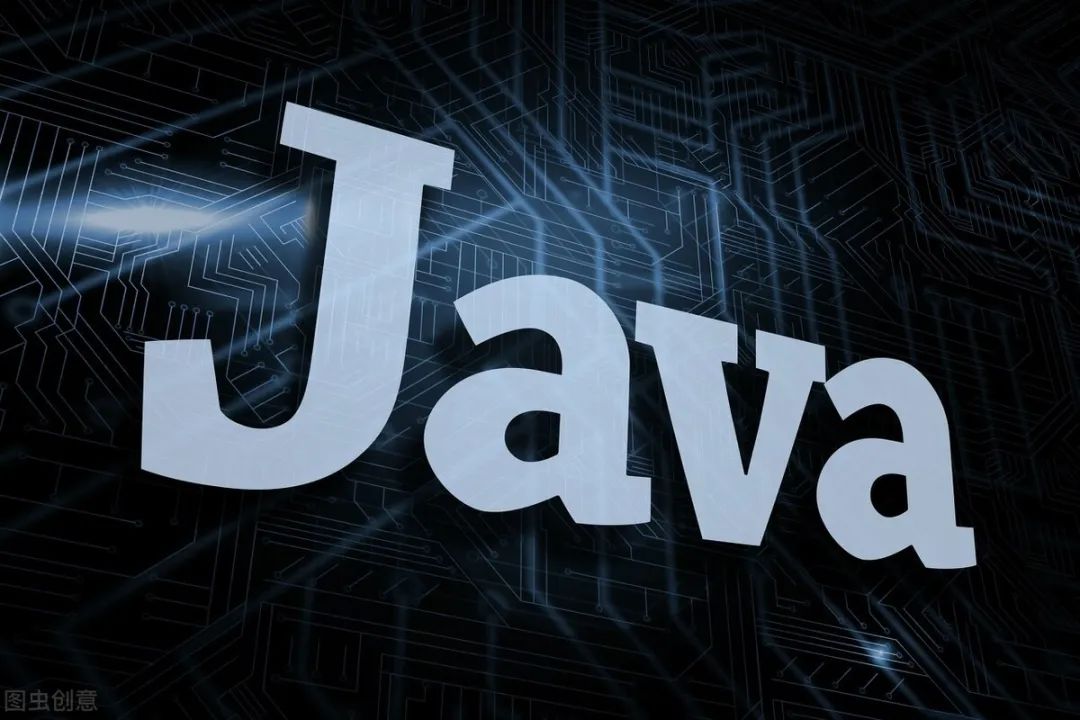
Eclipse Paho: A Java IoT Messenger!
Essential Knowledge from Beginner to Pro
Hello everyone, I am Niu Ge. In IoT development, have you encountered difficulties in device communication and unstable message transmission? Today, I will introduce a powerful tool – the Eclipse Paho MQTT client library.
Through this article, you will master:
-
The core concepts of the MQTT protocol -
How to use the Paho client -
Implementing stable IoT communication
Technical Overview
Eclipse Paho is an open-source client library that implements the MQTT protocol and supports multiple programming languages. MQTT (Message Queuing Telemetry Transport) is a lightweight publish-subscribe messaging transport protocol, especially suitable for IoT scenarios.
Compared to traditional HTTP, MQTT has the following advantages:
-
Low bandwidth consumption -
Strong real-time performance -
Supports QoS (Quality of Service) -
Reconnection mechanism
The core features of Paho include:
-
Support for MQTT versions 3.1 and 5.0 -
Provides synchronous and asynchronous APIs -
Built-in reconnection mechanism -
Supports SSL/TLS encryption
Environment Setup
Development environment requirements:
-
JDK 8+ -
Maven 3.6+ -
Eclipse IDE (recommended)
Add dependencies in the Maven project:
xml
<dependency>
<groupId>org.eclipse.paho</groupId>
<artifactId>org.eclipse.paho.client.mqttv3</artifactId>
<version>1.2.5</version>
</dependency>
Practical Tutorial
Let’s implement a basic MQTT client:
java
import org.eclipse.paho.client.mqttv3.*;
public class MQTTExample {
private static final String BROKER = "tcp://localhost:1883";
private static final String CLIENT_ID = "JavaClient";
public static void main(String[] args) {
try {
// Create client
MqttClient client = new MqttClient(BROKER, CLIENT_ID);
MqttConnectOptions options = new MqttConnectOptions();
options.setCleanSession(true);
// Set callback
client.setCallback(new MqttCallback() {
@Override
public void connectionLost(Throwable cause) {
System.out.println("Connection lost: " + cause.getMessage());
}
@Override
public void messageArrived(String topic, MqttMessage message) {
System.out.println("Message received: " + new String(message.getPayload()));
}
@Override
public void deliveryComplete(IMqttDeliveryToken token) {
System.out.println("Message sent successfully");
}
});
// Establish connection
client.connect(options);
// Subscribe to topic
client.subscribe("test/topic");
// Publish message
String content = "Hello MQTT";
MqttMessage message = new MqttMessage(content.getBytes());
client.publish("test/topic", message);
} catch (MqttException e) {
e.printStackTrace();
}
}
}
Advanced Tips
To enhance application stability, it is recommended to:
-
Implement a reconnection mechanism -
Use QoS to ensure message reliability -
Implement message persistence -
Add SSL/TLS encryption
Troubleshooting common issues:
-
Connection timeout: Check network and broker address -
Message backlog: Set QoS levels appropriately -
Memory overflow: Control message size and cache
Conclusion and Interaction
This article introduced the basic usage of Eclipse Paho. Mastering these contents can help you build stable IoT applications. It is recommended to pay attention to:
-
Set QoS levels appropriately -
Implement comprehensive exception handling -
Focus on performance optimization
Feel free to share your usage experiences in the comments! Let’s improve our Java skills in the IoT field together!